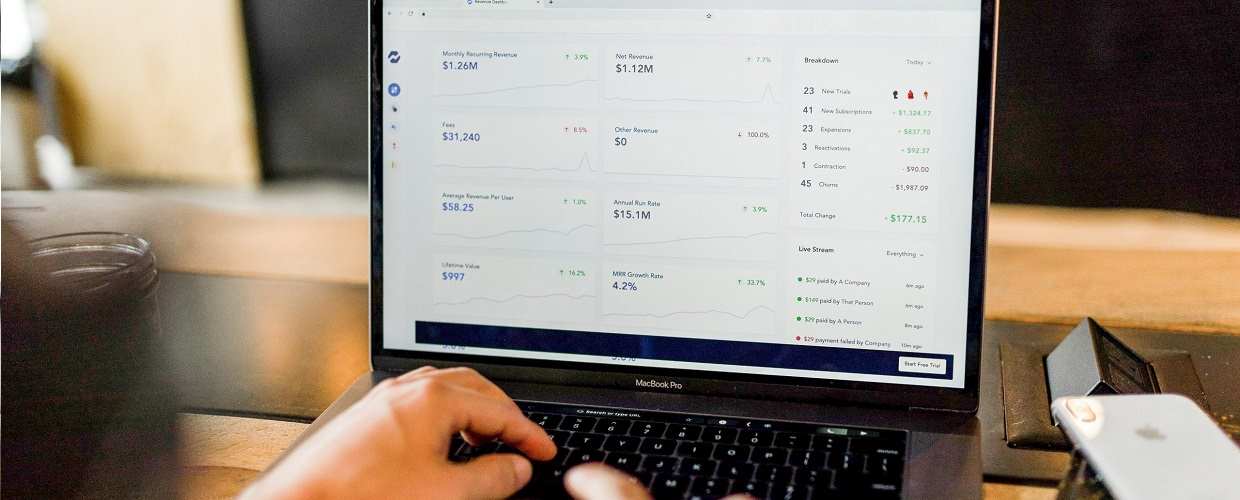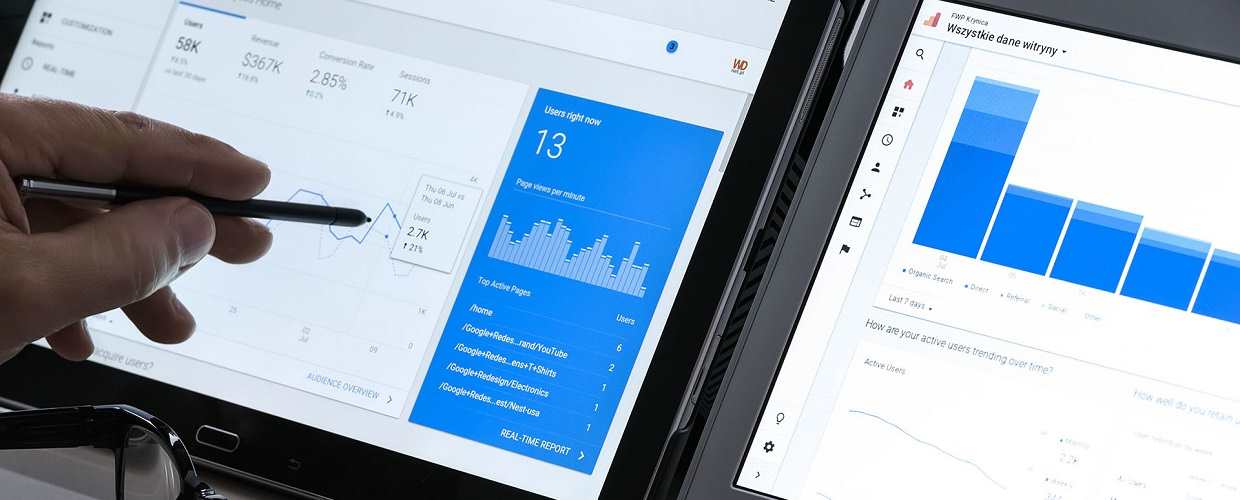Search engine optimization (SEO) is one of the best ways to drive traffic to your website. It basically involves making small changes to your website and its content in an effort to boost your search engine ranking.
However, SEO isn’t quite that simple. There are numerous types of SEO, including on-page, off-page, and technical. And to make things even more confusing, some things are completely out of your control, and the major search engines release huge SEO updates very regularly.
In this article, we explore the different types of SEO and how you should be using them.
On-Page SEO
In general, on-page SEO refers to the optimization of your site’s content and design. It’s actually a multi-faceted field with goals of both boosting search engine rankings and improving the user experience.
This should actually be quite easy to understand. Adding relevant keywords and ensuring you have well-written authority content that’s in line with the user intent will help you gain higher rankings.
In turn, this will boost the user experience and affect how long visitors spend on your website. Since things like bounce rate, visitor retention time, and returning visitors are analysed by the search engines, this will also help boost your SEO score.









